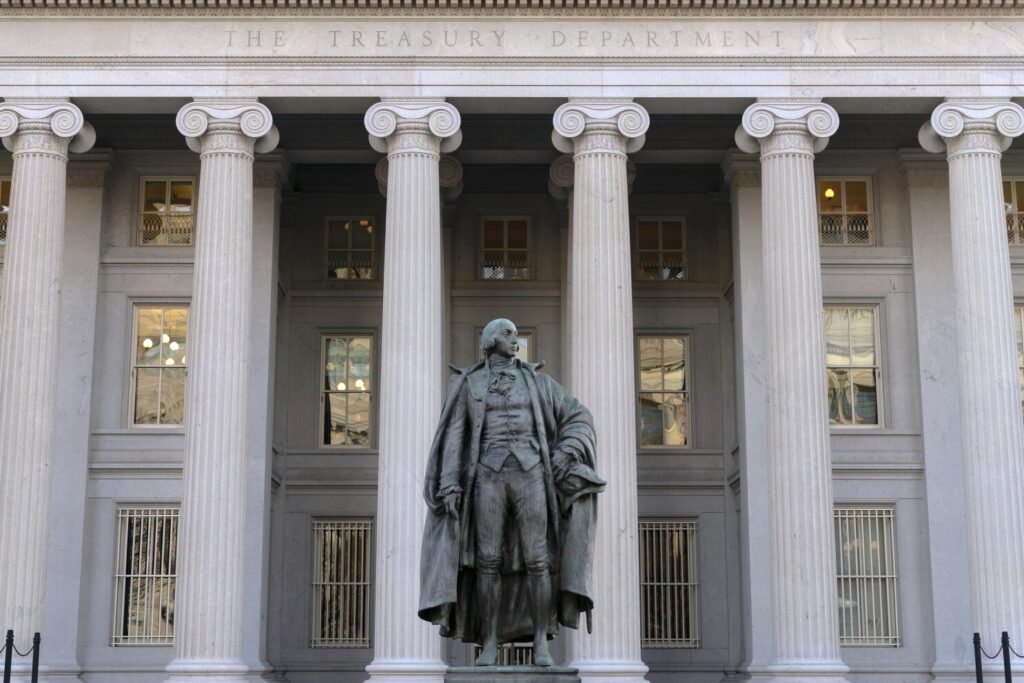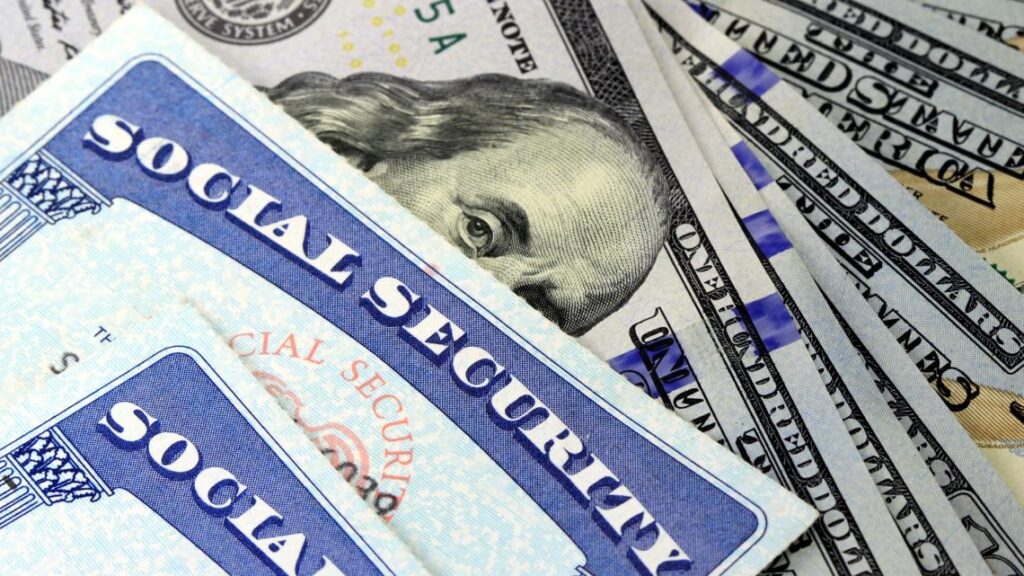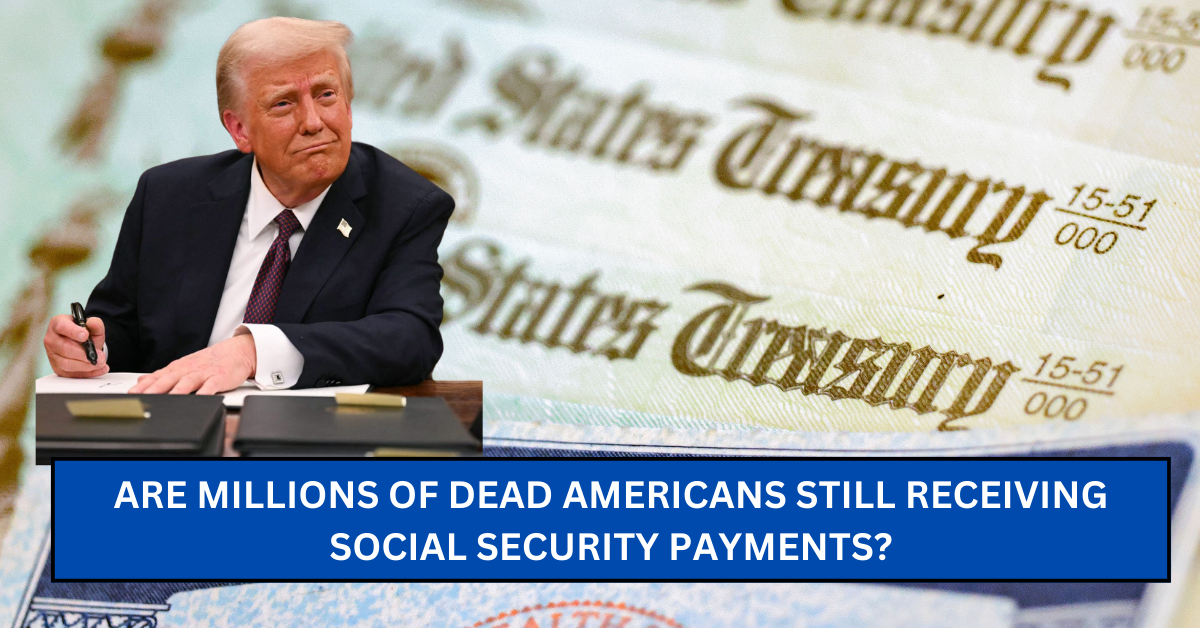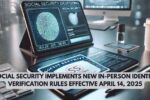Recent claims circulating online and in political discussions have suggested that millions of deceased individuals are still receiving Social Security benefits, raising concerns about potential fraud and mismanagement within the Social Security Administration (SSA). But is there any truth to these claims? Here’s what the data actually says.
Understanding the Claims
The controversy surrounding Social Security payments to deceased individuals gained traction after reports surfaced that millions of people over the age of 100 were still listed in the SSA’s records. Some critics, including high-profile politicians, have used these figures to argue that the government is wasting taxpayer money through fraudulent payments.
However, an in-depth analysis reveals that while some improper payments do occur, the idea that “millions of dead people” are actively receiving Social Security checks is misleading.
For an official explanation of how Social Security processes payments, visit the Social Security Administration’s website.

The Reality Behind Social Security Overpayments
1. How Social Security Records Work
The SSA maintains a massive database of all Social Security numbers ever issued, including those belonging to deceased individuals. Due to legacy system limitations and incomplete reporting, some records do not have an official recorded date of death. This does not mean these individuals are receiving payments.
- Some deceased individuals remain in historical records for statistical or administrative purposes.
- The SSA’s reliance on legacy COBOL-based systems can cause anomalies in reported ages, leading to claims that people aged over 200 years exist in the database.
- Outdated records do not equate to active payments.
2. How Many Overpayments Happen?
While fraud and errors do exist, they are far smaller in scale than the “millions” suggested by some reports:
- A 2024 audit by the SSA Inspector General found that less than 1% of Social Security’s $8.6 trillion in payments between 2015 and 2022 were improper.
- A small fraction of these errors were payments to deceased individuals, often due to delays in death reporting.
- The SSA has recovered billions in overpayments and is continuously improving its tracking mechanisms.
How the SSA is Tackling the Issue
The SSA has implemented multiple safeguards to minimize improper payments:
- Automated Death Reporting System: The SSA receives weekly updates from states, hospitals, and family members about deceased beneficiaries.
- Cross-agency Data Matching: The agency collaborates with the U.S. Treasury and Internal Revenue Service (IRS) to detect fraudulent activity.
- Payment Recovery Measures: If an overpayment is identified, the SSA halts payments and recovers funds.
- Public Reporting Tools: Concerned citizens can report suspected Social Security fraud at the SSA Fraud Hotline.
Challenges in Data Management
Despite these measures, some errors persist due to aging technology and bureaucratic inefficiencies:
- The SSA’s computer systems date back to the 1960s, making real-time updates challenging.
- The “Death Master File” contains millions of records, but reporting delays can create gaps in data accuracy.
- Cases of identity fraud, where living individuals use deceased individuals’ Social Security numbers, contribute to overpayment figures.

Survivor Benefits: A Common Misconception
A major source of confusion is that many payments classified as “issued to the deceased” are actually survivor benefits:
- Social Security provides financial assistance to widows, widowers, and dependent children of deceased beneficiaries.
- These payments rightfully go to family members who qualify for assistance, not the deceased individual.
Conclusion
While errors and fraudulent claims do occur, the claim that “millions” of deceased Americans are actively receiving Social Security benefits is highly exaggerated.
The SSA has robust measures in place to detect and prevent improper payments, and ongoing modernization efforts aim to further improve accuracy.
The biggest issue is not fraud, but rather outdated record-keeping systems and reporting delays. The government is actively working to fix these issues, making Social Security payments more accurate and efficient in the future.
This article has been carefully fact-checked by our editorial team to ensure accuracy and eliminate any misleading information. We are committed to maintaining the highest standards of integrity in our content.

A senior at Yale-NUS College with interests in developmental and labour economics, as well as creative non-fiction and poetry. Currently, I’m studying as an Economics major and an Arts and Humanities minor (focusing on Creative Writing) with heavy involvement in the Singaporean journalism scene and involved in research on economic history and educational policy. I’m working as an author for The Octant, Yale-NUS’ student publication, as a writer for Wingspan, Yale-NUS’ alumni magazine, and as a tutor for the NUS Libraries Writer’s Centre. | Linkedin




